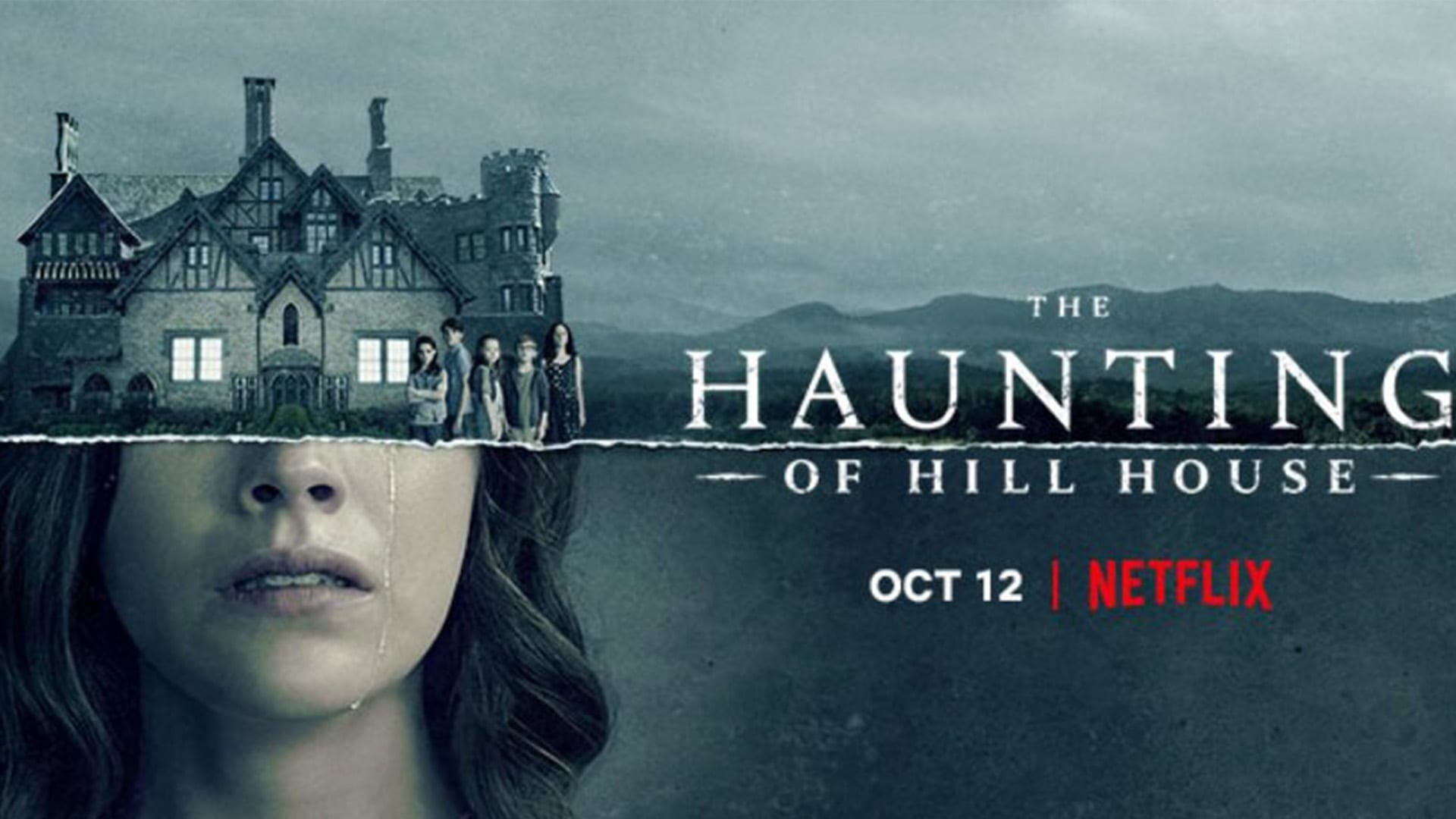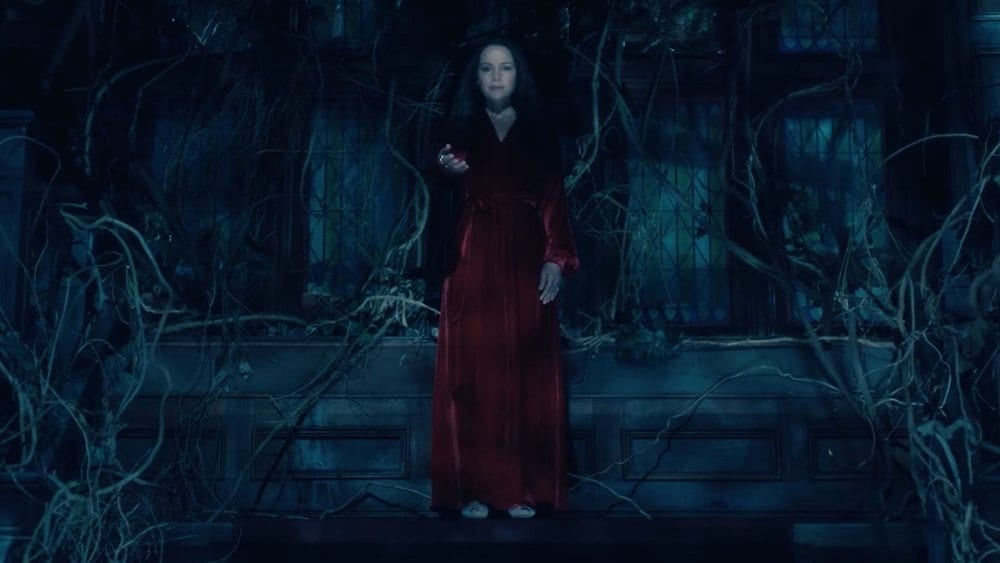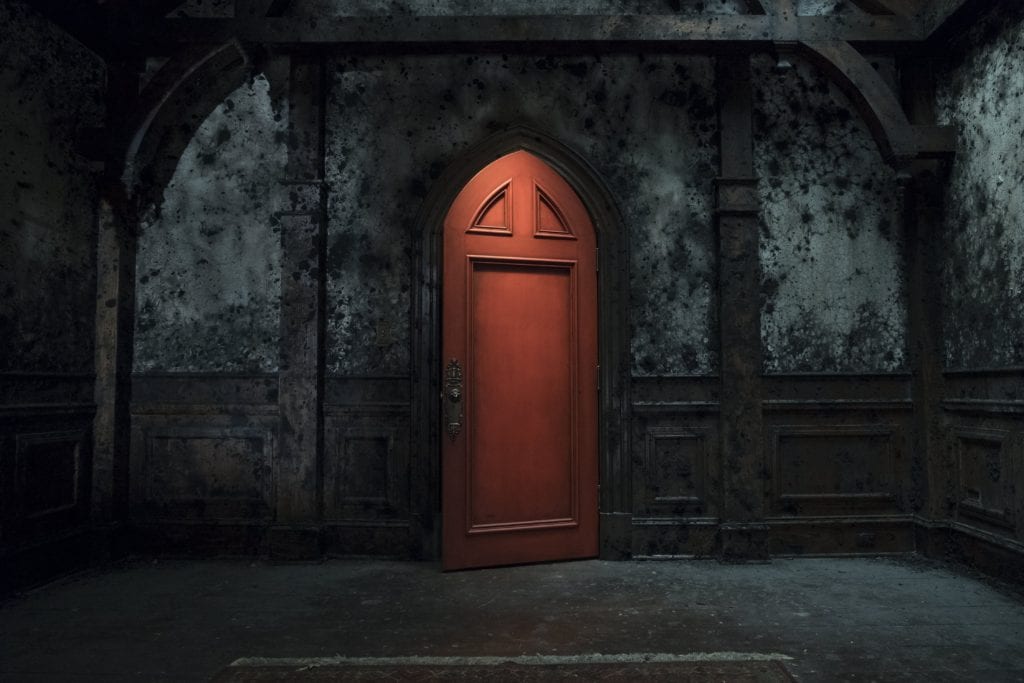Warning: Spoilers abound for the Netflix adaptation of The Haunting of Hill House.
In the finale of Mike Flanagan’s brilliant new 10-part adaptation of The Haunting of Hill House, the youngest of the Crain family – the recently deceased Nell – shares a sentiment that, for the most part, completely encapsulates the spirit of the show (no pun intended). After properly saying goodbye to all her siblings, she looks around at them all and says:
“I loved you completely, and you loved me the same. The rest is confetti.”
“Confetti” is, indeed, an apt metaphor for the way in which Flanagan has structured and paced this incarnation of Shirley Jackson’s 1953 novel of the same name. Throughout the ten or so hours of its runtime, The Haunting of Hill House has often felt more like a series of seamlessly intertwined vignettes, dislodged in time, yet unified as one by their individual momentums and magnitudes. For a show characterised entirely by the seismic ripples of the past, it never fails to feel entirely present. This is largely due to the ways in which Flanagan has paced and articulated the horrors experienced by the Crain family, and how this very pacing differentiates itself from what we might come to expect from the horror genre.
The decision to turn Hill House into a ten-part Netflix original series was certainly a bold one. With only so much source material to work with from Jackson’s novel, and a slew of adaptations that remain relatively faithful to that original formula, numerous creative liberties had to be undertaken. A feature-length film could have, perhaps, provided a more faithful retelling, and would have undoubtedly been an easier task – not just in terms of adaptation, but also regarding capturing the attention of the binge-junkie audience that Netflix strives to maintain. Flanagan, however, chose to make it into a series, and after watching all ten episodes, it’s easy to see why.
It’s necessary to note that streaming services such as Netflix and Amazon Prime do not usually promote what few original horror shows they have to the extent that Hill House was promoted, and there’s good reason for this: they’re simply not that scary. Generally, it’s difficult to adjust the experience of horror to any format that gives the viewer a sense of agency or control, as these are precisely the qualities that horror films strive to render obsolete. You can get up, turn on the lights, grab some food and go to the toilet at any time you like, and these are all activities that are impossible or discouraged when sitting in a theatre.
However, eliminating our sense of disbelief via relentlessly attacking us with a barrage of conventions, jump-scares, and familiar iconography is not the only way to keep us up at night. Indeed, it’s become something of a stale format. Whilst filmmakers such as James Wan (Insidious, The Conjuring) and Jaume Collet-Serra (Halloween, Orphan) bring out the best in this approach, many contemporary horror films fall flat, both in terms of box office appeal and critical response.
The Haunting of Hill House, on the other hand, looks for new ways to scare the viewer that work because of – and not in spite of – the streaming format. Stretched across ten hours, the show unfolds at a leisurely pace, and if this wasn’t enough to make some viewers reach for the remote, then the various buzz articles mis-advertising it as “the scariest show ever made” will undoubtedly confound their expectations. In fact, the show foregrounds pretty much everything that most visual treatments of the genre try to avoid. Its scares rely entirely on your willingness to find them. Its structure is fluid, and there is no urgency in its treatment of time. The characters act like human beings, not pawns in an elaborately conceived chess game, being nudged into just the right place for the inevitable slaughter. Yet this is entirely why it works, and why those who have stuck with it to the end have been rewarded with such a profound experience of terror, reconciliation, and acceptance.
In Hill House, the most direct scares are often hiding in the background, firmly embedded in the realm of the uncanny valley. A reflection in a glass panel. A shape between the stairs. A hand dangling from a figure out of frame. All of these are simply left in the shot with no pretext or auditory announcement, sometimes for half a second, sometimes for an entire conversation. Many of these are likely to be missed, but once you notice one, you will be constantly on the lookout for another, searching every corner of the frame, jumping at every vague shape in every corner. It’s clear, then, that viewer agency is being used here as a means of debasing the usual relentlessness of horror films in favour of daring us to look, and the ability to pause, rewind, and re-watch episodes only furthers this idea. It does not stop there, either. Pacing horror across ten episodes allows Flanagan to utilise those all-too-familiar tropes of the genre in such a way to surprise the viewer, and he does this by placing the usual jump-scares, tight framing, and sound cues in unusual places.
Take, for example, the way in which Flanagan uses jump-scares. Generally, we are led to believe that the show is deftly swerving around their use, and that when they are used, they are rarely set up to be the primary source of fear within any given sequence. They are often instead used in addition to a scare, or are inaugurated into the natural play of a sequence that is already escalating in intensity. This can be seen, for instance, in the scene where Luke goes down the dumbwaiter. Here, the score intensifies, the darkness increases, and after a few moments, a ghost scuttles out of the darkness, just as the score reaches its discordant crescendo. This, and the many other scares akin to it, leads the audience to believe that the usual brand of jump scare is not going to be a factor in the show, and as the hours pass, this belief is further consolidated. It’s then that we reach episode 8, and Flanagan suddenly decides to pull the rug from under our feet with a jump scare lethal enough to destabilise even the sturdiest of horror aficionados. Bam. As easily as that, we are on the edge of our seat again.
If The Haunting of Hill House proves anything, it’s that we are not necessarily desensitised to the codes and conventions of the horror genre, but that we are instead numb to the ways in which they are utilised, again and again, in the contemporary horror landscape. By constructing a narrative around Netflix’s episodic format and adjusting the pacing to the ways in which we will watch and interact with the story, Flanagan has, at the very least, nudged the genre forward into the murky depths of the unknown – just where it should be. He is not the only one, either. Indie horror flicks like the hugely successful Hereditary are also capitalising on the freedom of the gaze as a means of striking terror into an audience’s heart, enticing us to make peace with what remains barely visible in the frame and let our imagination do the work. In a world where the average viewer is empowered, savvy, and knowledgeable to the tricks and treats of the horror film, The Haunting of Hill House serves as a perverse reconstruction of that very agency and knowledgeability, using its viewers’ intelligence and its distributors format to turn the tables on the traditional horror experience. At turns surprising, jumpy, and scattered, the show is above all a celebration of the genre itself, keen to keep its heart beating and wanting it to grow and develop with a new breed of audience. It bookends one era and ushers in another. Just like confetti at a birthday party.
Words by Jake Shelvey


